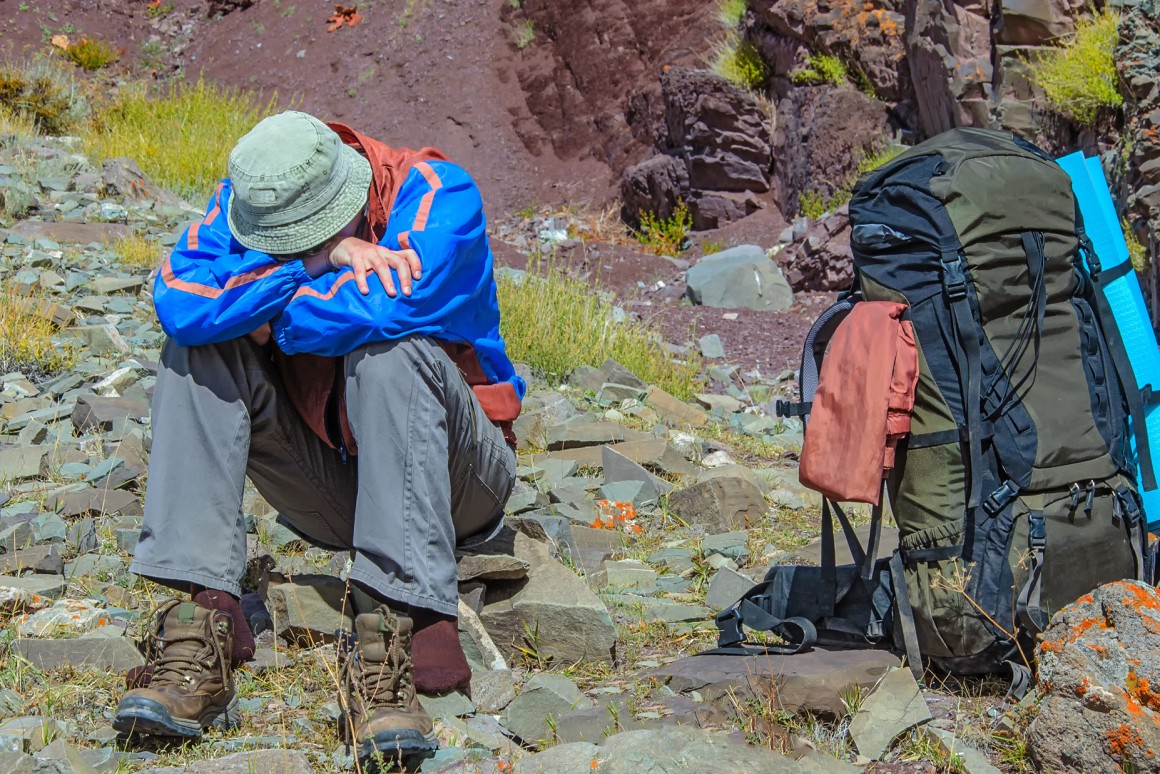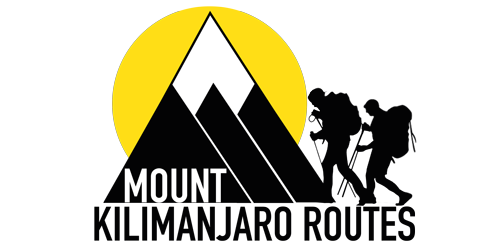How to avoid altitude sickness
 Altitude sickness (AMS) is a serious medical condition brought on by travelling too quickly to altitude, and/or performing physical exercise at altitude when unacclimatised.
Altitude sickness (AMS) is a serious medical condition brought on by travelling too quickly to altitude, and/or performing physical exercise at altitude when unacclimatised.
Tolerance to altitude varies greatly amongst individuals, but a fit person who does not go too fast will not strain their cardiovascular system as much as an unfit person for the same amount of exercise and will, therefore, be at a lower risk of developing AMS. Even a very fit person, however, is still very likely to develop AMS if they trek to altitudes above 3500m without some days spent acclimatising or they walk too quickly.
Altitude sickness can occur in some people as low as 8,000 feet (2,400 metres), but serious symptoms do not usually occur until over 12,000 feet (3,700m). AMS is brought on by changes in the body caused by the reduction in air pressure at altitude. At 5000m the air pressure is reduced to 55% of that at sea level and at 6000m it is down to 49%.
This drop in pressure has three major effects.
Drop-in oxygen saturation
With less actual air in each breath, the amount of oxygen in the blood reduces. Mild reductions in oxygen saturation will cause you to feel breathless and tired. Bigger falls can impair mental functions and have serious adverse effects. Below is a graph which shows the normal reduction in oxygen saturation levels that occur at altitude.
If your oxygen saturation drops below 80% we consider this is serious and if it drops below 75% you will be asked to descend.
Cerebral oedema
As a result of the reduction in air pressure, fluid from the brain leaks into the air cavities between the skull and the brain. This starts off by causing mild headaches but if continues leads to pressure on the brain, complete disorientation and eventually coma and death. The onset of cerebral oedema can be very quick.
Pulmonary oedema
Again the effect on the lungs is caused by the reduced air pressure inside the lungs which allows fluid from the blood to pass through into the lung itself. This produces symptoms like pneumonia. This is particularly a concern when sleeping.
Recognising AMS
It is a mistake to think that AMS is the result of a gradual worsening of mild altitude symptoms such as breathlessness and headache. AMS is, in fact, a sudden and dramatic onset of symptoms and leaves the person hardly able to walk or look after themselves.
Our guides will monitor you closely by carrying out a daily health check: monitoring your pulse and oxygen saturation levels and evaluating your acclimatisation using the Lake Louise Scoring System together with their experience of how you are performing at altitude. It is your responsibility to report accurately your condition each day during these health checks and sign to say that you agree with the accurate recording of these scores on your personal health check sheet.
Symptoms of Altitude Mountain Sickness (AMS)
Headaches are a primary symptom used to diagnose altitude sickness, although a headache is often a symptom of dehydration and can be confused with symptoms of AMS. You must drink a minimum of 3 litres of water during the day to prevent dehydration (see further information below).
A headache occurring at an altitude above 2,400 metres (8,000 feet) with any one or more of the following symptoms, can indicate some degree of altitude sickness and should always be reported to your guide. General symptoms of AMS can include:
|
|
|
|
|
|
|
|
|
|
Specific symptoms of High Altitude Cerebral Oedema (HACE)
|
|
|
|
|
|
|
Specific symptoms of High Altitude Pulmonary Oedema (HAPE)
You should be aware that HAPE can occur without any of the other signs of AMS. Characteristic symptoms are:
|
|
|
|
|
|
|
|
Whatever type of AMS you might suffer from the treatment is the same: immediate descent by over 1000m or until symptoms abate.
Our client descent protocol
If our guides have any doubts about your health and believe that continuing to ascend would be dangerous then they will insist that you descend to ensure your safety. Before making this decision your guide will follow the following protocol:
- Measure your oxygen saturation levels, if they are below 80%, then you will be retested every 30 minutes for 2 hours. If your oxygen saturation does not get above 75% then immediate descent is mandatory. If it rises above 75% then you will be allowed to continue but will be monitored very closely. If your condition deteriorates during the ascent then you should immediately notify your guide and you must descend immediately.
- Evaluation of your Lake Louise Score, if it is between 6 – 8 then the guide will make an assessment based on this score, your oxygen saturation and pulse rate and your general well-being to decide whether you can continue. If you are allowed to continue then you will be monitored closely during the ascent but must also monitor your own condition and if you or the guide notice a deterioration then you must descend.
- If your Lake Louise Score is above 8 then you must descend.
How to avoid AMS
1. Walk high sleep low: As we go higher up we encourage everyone to do a short walk after arriving at camp each day to go to a slightly higher altitude and to rest there for half an hour.
2. Don’t rush: Walk slowly! You need to keep your breathing rate down to that at which you can still maintain a conversation. If you are breathing too hard to do this slow down: if you work your heart and lungs hard the risk of illness increases dramatically.
3. Drink, drink and then drink some more: Being properly hydrated massively benefits acclimatization and you simply cannot drink too much (a minimum of 3 litres should be drunk each day even if you are not thirsty!). If your pee is yellow you are not drinking enough. Symptoms of dehydration can be similar to those of HACE so keeping hydrated is very important so as not to confuse the two. You can read more about avoiding dehydration here.
4. Diamox: There has been a lot of research on Diamox (which you can find by googling) that shows is that it has been reasonably well proven to be helpful in avoiding AMS. We take it ourselves when climbing Kilimanjaro. It is though a prescription drug and some GP’s will not prescribe it. You must, therefore, take your own medical advice.
There was some controversy about Diamox, which is why some doctors will not prescribe it because some people thought that if they were taking it they could ignore serious symptoms and this had fatal consequences. The key thing is that if you get symptoms and you are taking Diamox that is because the drug is not being effective and YOU SHOULD GO DOWN!
Diamox has to be taken prophylactically, i.e. before you start climbing to prevent altitude sickness not when you are climbing and have symptoms. The recommended dose is between 125 milligrams (mg) to 500 mg per day, starting a few days before going to a higher altitude. If you are going to take Diamox then we would recommend you take half a 250mg tablet morning and night. It is particularly recommended for those ascending from sea level to 3000 meters (9800 feet) in one day, which is typical of a Kilimanjaro trek.
If you do take it you must always remember Diamox is not an absolute fix for acute mountain sickness. For the avoidance of doubt, Diamox speeds up part of the acclimatization process which in turn can help to prevent symptoms. If however, symptoms do develop and deteriorate YOU MUST STILL GO DOWN.
Common side effects of using Diamox include numbness and tingling in the fingers and toes. By far the worst effect is that it makes all fizzy drinks including beer taste awful. Fortunately, if you stop taking it after summit day by the time you get to the bottom your taste buds will have recovered. You will also experience more frequent peeing if you take Diamox and with drinking all the time the combined effect can be really amazing: don’t forget a pee bottle when you pack!



